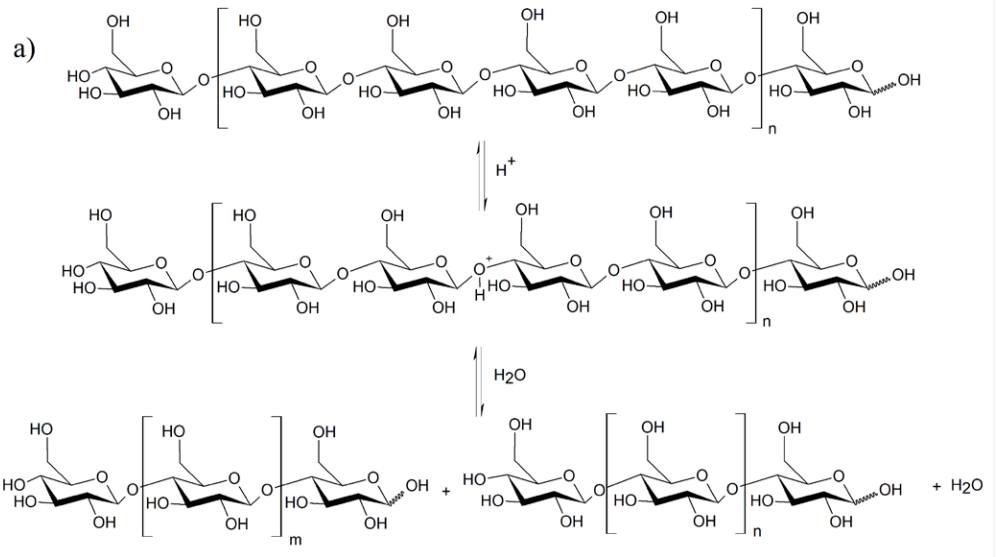Hydrolysis of Abundant Biomass in Thailand by a Combination of Microwave Irradiation and a Homogeneous Acid Catalyst HCl
Keywords:
palm leaf, bagasse, cellulose, hydrolysis, microwave irradiationAbstract
Thailand produces many important agricultural products. The productions generate very much amounts of cellulose wastes especially rice straw, palm leaf, and bagasse which are the most abundant agricultural wastes in Thailand. Cellulose is the most common polysaccharide structure that can be abundantly found in almost any plant cell wall. Cellulose is a polymer of glucose units. Upon breaking down by hydrolysis, cellulosic wastes may serve as low-cost starting materials to produce soluble carbohydrates which are high-value-added edible fibers or glucose. The feasibility of the hydrolysis facilitated by microwave irradiation and chemical catalyst to hydrolyze biomass into soluble carbohydrates is evaluated in this study in comparison with the typical edible cassava starch. The key strategy relies on microwave irradiation as a heating source in order to shorten the reaction time. The amounts of solid loss, reducing sugar, and total carbohydrates obtained from the hydrolysis of each biomass are evaluated. The results reveal a potential efficient method to valorize abundant agricultural wastes found in Thailand.






